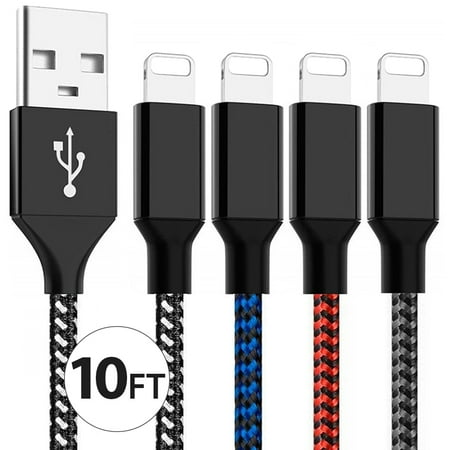Micro USB Cable for Android, FREEDOMTECH 6ft USB to Micro USB Cable Cord High Speed USB2.0 Sync and Cable for Samsung, HTC, Motorola, Nokia, Kindle, MP3, Tablet and more
USB 2.0 cable with A Male to Micro B connectors; supports up to 480 Mbps data transmission speed


![Extra Long Phone Charger [3-Pack 6FT 6FT 10FT] Nylon Braided USB Charge & Sync Cable Cord Compatible with iPhone X Case/8/8 Plus/7/7 Plus/6/6s Plus/5s/5,iPad Mini Case – Pink Extra Long Phone Charger [3-Pack 6FT 6FT 10FT] Nylon Braided USB Charge & Sync Cable Cord Compatible with iPhone X Case/8/8 Plus/7/7 Plus/6/6s Plus/5s/5,iPad Mini Case – Pink](https://i5.walmartimages.com/asr/e7040f01-986b-4e40-9d69-a254a22ec99a_1.7dc584b73438e480b06e71220e417d38.jpeg?odnHeight=450&odnWidth=450&odnBg=ffffff)








Reviews
There are no reviews yet.